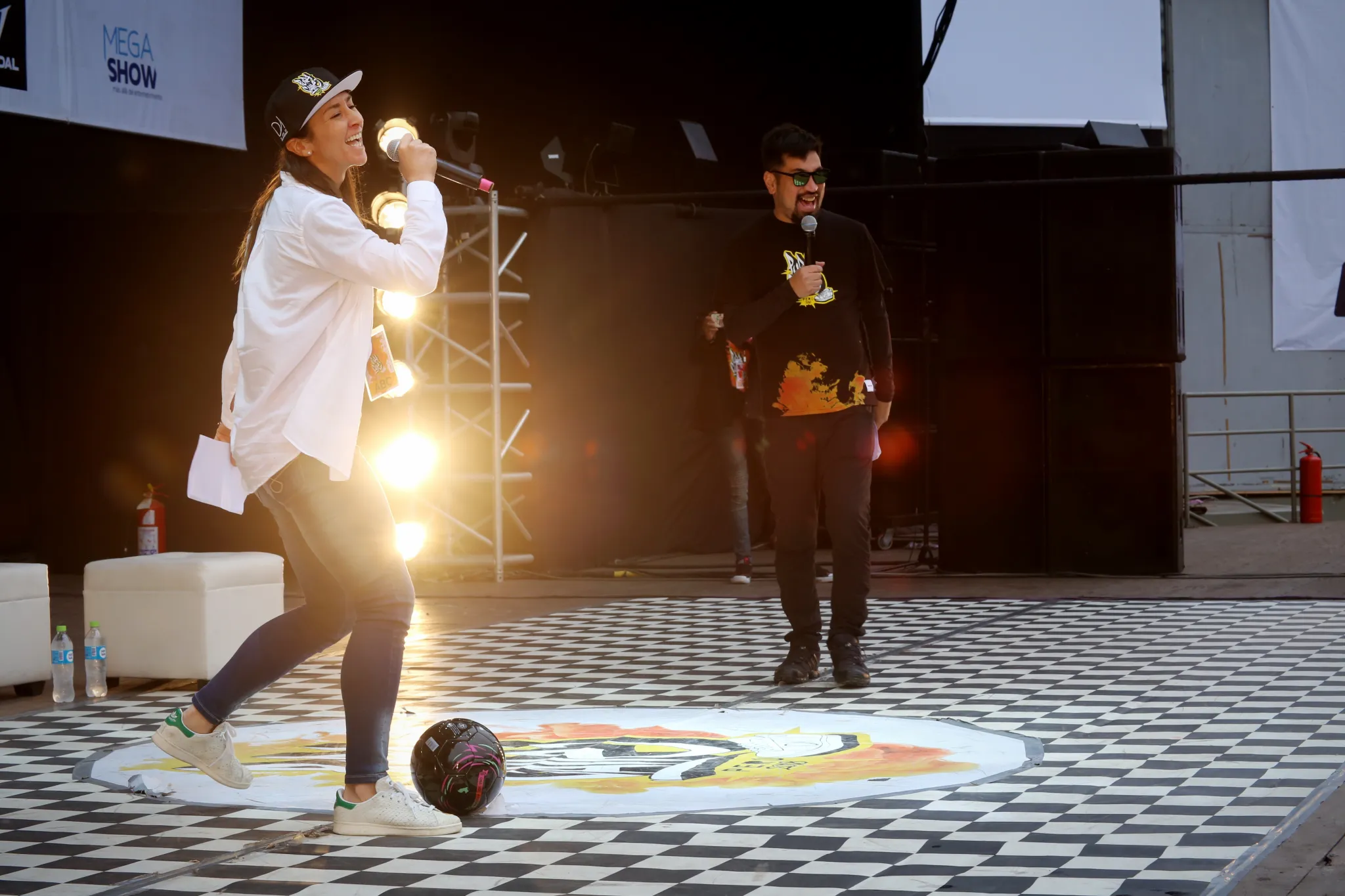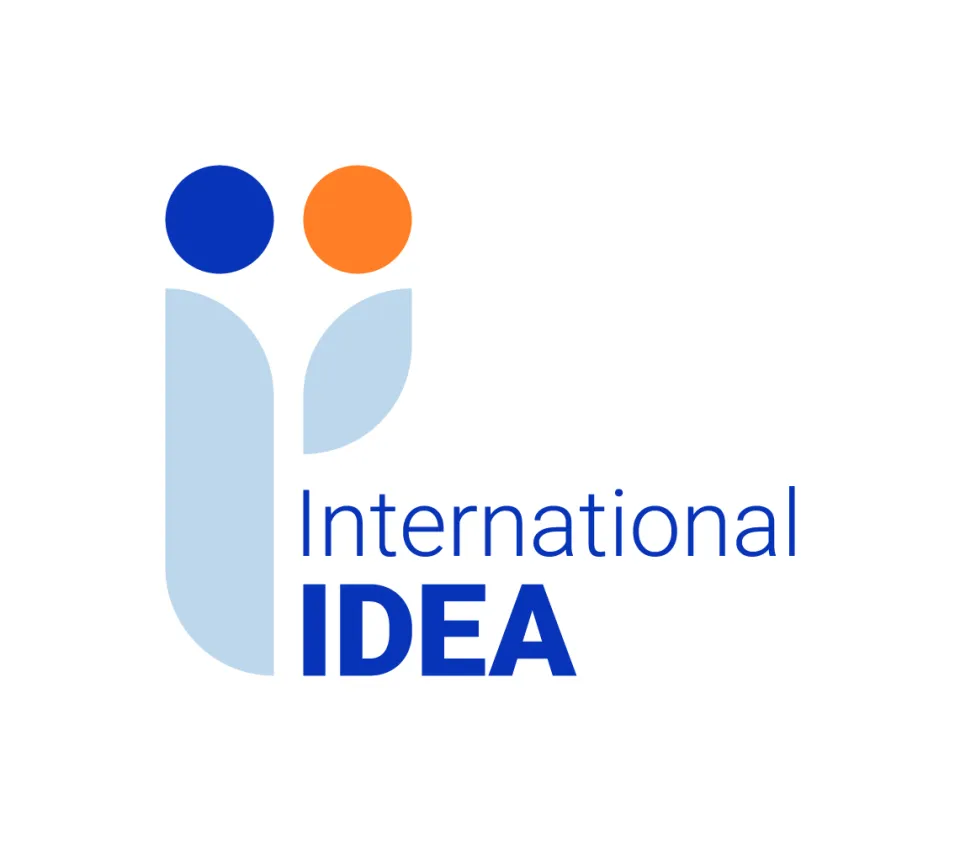
Corruption in Peru has had a great impact on politics and government institutions. The perception that exists surrounding corruption in the public sector, combined with a local culture that is permissive of microcorruption (e.g. bribing the police and running red lights), generates a greater tolerance of corruption and leads to the normalisation of such actions. This situation heavily debilitates the democratic system, resulting in diminished citizen trust in democracy and government and a distancing of many from any form of political participation.
Este artículo se encuentra disponible en Castellano.
In this context, International IDEA in Peru has developed a series of activities that aim to generate greater community reflection on the fight against corruption and the strengthening of democracy. To do this, art is being used as a means of communication and a tool for social transformation. “Artivism” connects notions of art and activism to express the artist’s desired transformation in their community.
Artivism comes in all artistic forms, such as mural painting, theatre, music and digital art. This form of activism has the most immediate impact of transgenerational and inclusive dialogue and can impact the behaviour and perceptions of community members. The effects of artivism can also include stronger cross-communal relationships and the arts have the ability to encourage and provoke conversations that in other contexts and spaces can be very difficult and uncomfortable to have. Spaces of artistic expression can reflect the desires, inequalities and problems of society, encouraging human reflection and, therefore, elements of transformation for artists and their audiences. An artistic piece is a point of discussion for its audience, that when questioned, can initiate a process of reflection and collective dialogue.
Recently, through an alliance with the D1 Cultural Association, International IDEA Peru participated in the International Festival of Urban Cultures, “Pura Calle.” This festival included rap and dance battles which incorporated themes of democracy, the fight against corruption, and citizenship. In the Park of Exposition - one of the principal public spaces within the city of Lima – there were mini theatrical skits that aimed to get those passing-by to reflect on the disastrous consequences of corruption on societal well-being.
With the objective to educate audience members about the benefits of being an attentive citizen, International IDEA organised the event, “Y tú qué haces por el Perú: historias que transforman” [And you, what do you do for Peru?: Stories that transform], which presented citizen lead initiatives from around the country that impact upon their communities through projects linked to the arts and sports.
The use of artivism in the Pura Calle Festival was a process where the dancers were trained in order to understand the strengthening of local democracy through the use of public spaces and respect of diverse cultures, ideas, and proposals. To continue this initiative, a tour is planned for the winning teams of the Pura Calle Festival, including dancers and singers, to travel to regions near the Peruvian rainforest, which was recently recovered from drug-trafficking.
The current challenge in Peru lies in getting to a point where citizens are conscious that each person has a political role to play that transcends exercising the right to vote. This requires the demand of respect for individual and collective rights, however, at the same time, it implies compliance in responsibilities and obligations such as an effort to reconstruct the legal culture where corruption is rejected in all of its forms.




